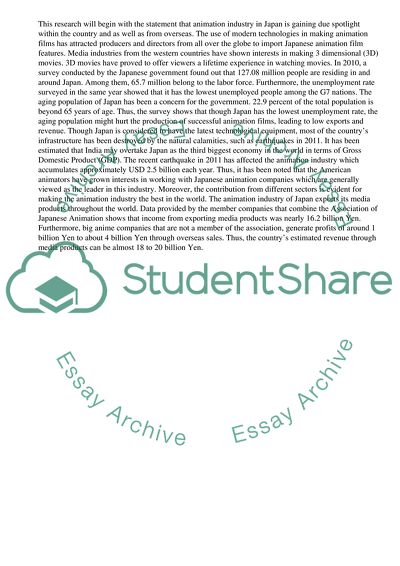Cite this document
(“How does Japan benefit from the export of its media products Essay”, n.d.)
How does Japan benefit from the export of its media products Essay. Retrieved from https://studentshare.org/business/1450965-how-does-japan-benefit-from-the-export-of-its-media-products-discuss-from-economic-political-and-cultural-points-of-view
How does Japan benefit from the export of its media products Essay. Retrieved from https://studentshare.org/business/1450965-how-does-japan-benefit-from-the-export-of-its-media-products-discuss-from-economic-political-and-cultural-points-of-view
(How Does Japan Benefit from the Export of Its Media Products Essay)
How Does Japan Benefit from the Export of Its Media Products Essay. https://studentshare.org/business/1450965-how-does-japan-benefit-from-the-export-of-its-media-products-discuss-from-economic-political-and-cultural-points-of-view.
How Does Japan Benefit from the Export of Its Media Products Essay. https://studentshare.org/business/1450965-how-does-japan-benefit-from-the-export-of-its-media-products-discuss-from-economic-political-and-cultural-points-of-view.
“How Does Japan Benefit from the Export of Its Media Products Essay”, n.d. https://studentshare.org/business/1450965-how-does-japan-benefit-from-the-export-of-its-media-products-discuss-from-economic-political-and-cultural-points-of-view.


